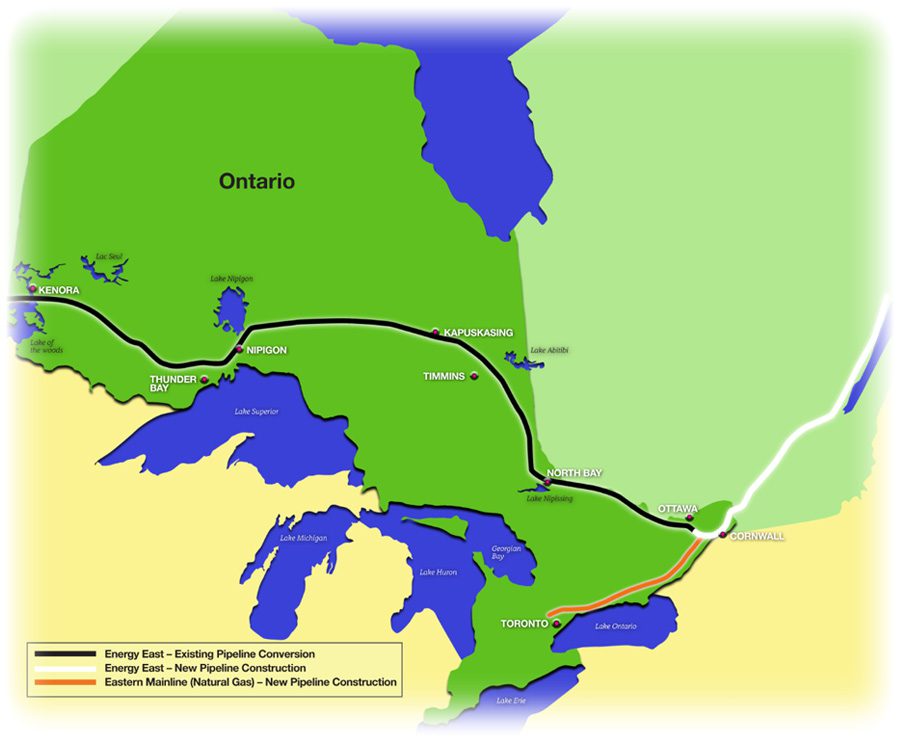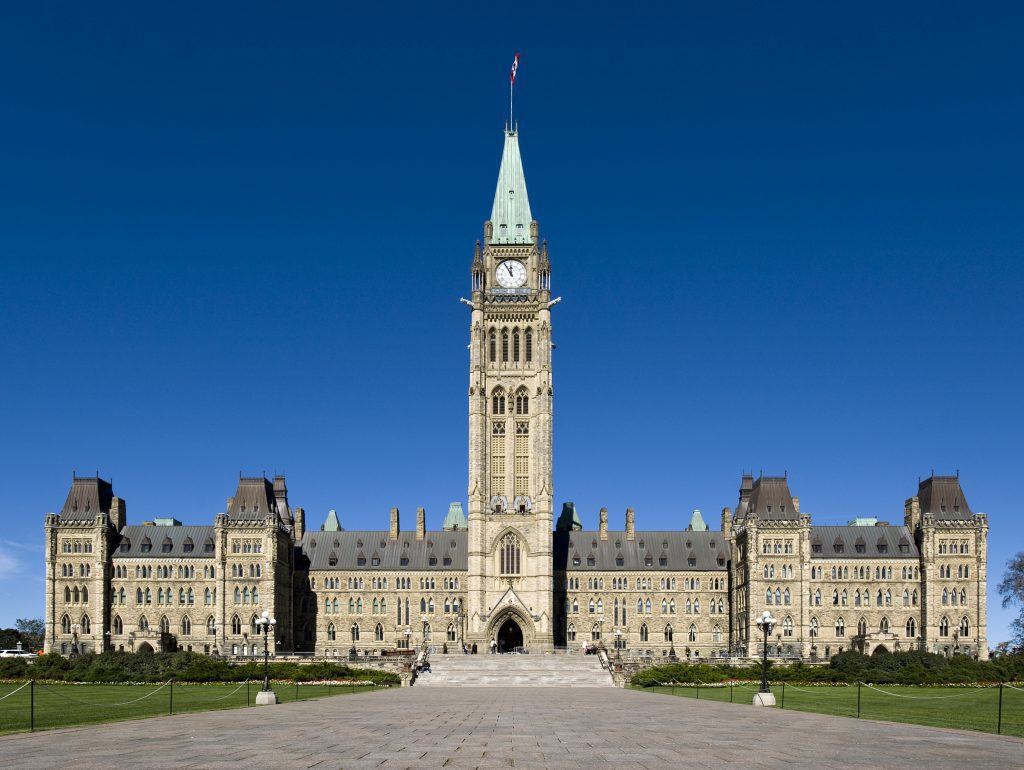What considerations should be taken into account by the Ontario government regarding the proposed Energy East pipeline? The answer to this question is a long one. But the short answer is: Ontario should listen to the advice of its own energy regulator’s assessment of the pipeline: Energy East is a bad deal for Ontario.


Ontario is undertaking a review of its Long-Term Energy Plan (LTEP), studying everything from electricity supply and demand, to fuel pricing, to microgrids, to conservation and efficiency. As part of the LTEP review, it also asked for feedback on the position it should take on Energy East. Last week, Environmental Defence, along with our allies from Équiterre, Ontario Rivers Alliance and Pipeline Awareness Renfrew County, took this opportunity to remind the provincial government of the pipeline’s environmental and economic risks to Ontario.
In fairness, we just told the provincial government what its own energy regulator, the Ontario Energy Board (OEB), already told it in a comprehensive report from 2015: the risks of Energy East outweigh the potential benefits for Ontario, which have been exaggerated by TransCanada, the company behind the pipeline proposal.
TransCanada’s application does not meet the seven pipeline principles adopted by the province in 2014. Energy East could have adverse impacts on the natural environment and pipeline safety in Ontario. And the greenhouse gas (GHG) emissions from Energy East would be inconsistent with Ontario’s Climate Change Action Plan and the provincial and federal government’s commitments under the Paris climate agreement.
Our LTEP submission includes the following key points about the approach Ontario should take to Energy East:
- Environmental Impacts: TransCanada’s pipeline application doesn’t show that Energy East won’t cause adverse environmental effects in Ontario. The application lacks adequate emergency response plans, presents no evidence that the proposed route through Ontario is appropriate for an oil pipeline, and fails to consider reroutes to avoid oil spills or other risks;
- Pipeline Safety: Energy East does not satisfy the pipeline safety principles set out by the Ontario government, due to inadequate in-line inspection tools and an absence of details regarding valve placement, leak detection and emergency response;
- Economic Impact: The economic analyses commissioned by TransCanada were limited and suggestive. The pipeline’s economic benefits to Ontario are small and likely inflated. Energy East would result in only modest economic benefits for Ontario that do not outweigh the environmental risks.
- Climate Change: An analysis by the Pembina Institute concluded that Energy East would result in upstream GHG emissions of between 30 and 32 megatonnes annually, equivalent to the emissions from all of the cars on Ontario roads in 2014.
- Ontario’s Climate Leadership: Ontario should be commended for its climate leadership, including the province’s phase-out of coal plants, its Green Energy and Economy Act, its cap-and-trade program and Climate Change Action Plan, and its ambitious GHG reduction targets. But Ontario must explain how Energy East aligns with its vision for a low-carbon economy. It doesn’t make sense for Ontario to support high-carbon pipeline projects while simultaneously committing to meet ambitious provincial and national climate targets. The expansion of the tar sands that Energy East would permit means that other provinces and sectors, including Ontario and its industries, would need to go even further in their own emissions reductions in order to meet Canada’s targets. This is neither fair nor economical for Ontario.
Energy East is not in the best interest of Ontarians. The provincial government should publically highlight the environmental and economic risks of Energy East to Ontario and call on the National Energy Board and the federal government to reject the proposed pipeline.
Contact me if you’d like to read our full submission to the LTEP discussion paper.






